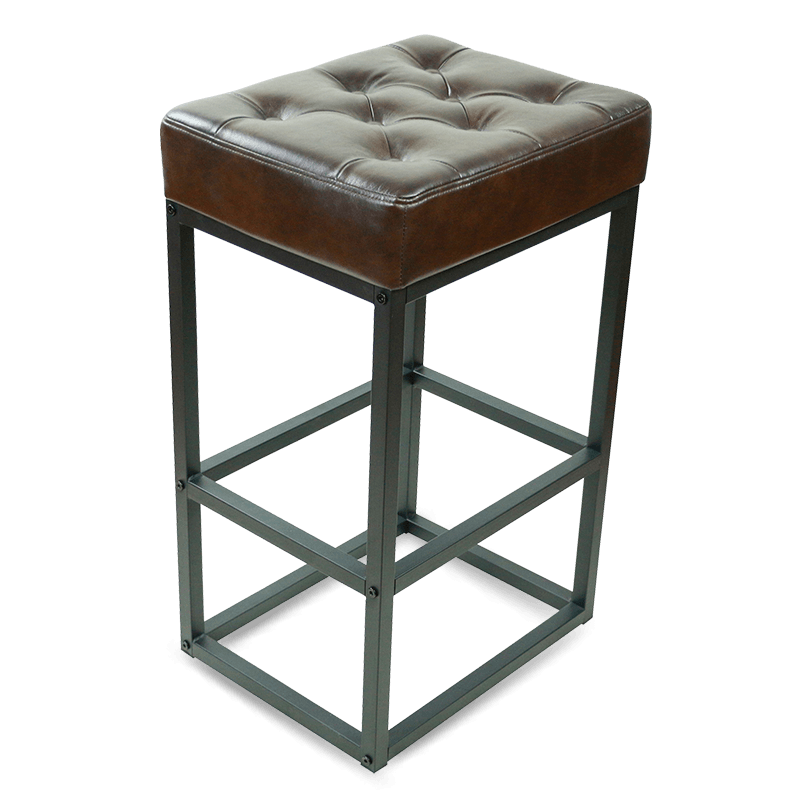Product Consultation
Your email address will not be published. Required fields are marked *

How is sustainability addressed in the manufacturing of living room chairs, particularly regarding sourcing, and end-of-life recyclability?
Apr 23,2025
What are the latest trends in sustainable and eco-friendly materials for living room armchairs?
Apr 17,2025.png?imageView2/2/format/jp2)
What ergonomic features does the adjustable gaming chair offer to support long gaming sessions?
Apr 11,2025Ensuring the stability and safety of bar stools involves several structural features and considerations related to their load-bearing capacities. Here are key aspects to explore scientifically:
Materials Selection:
Strength and Durability: The materials used in the construction of bar stools, such as wood, metal (e.g., steel, aluminum), or plastic, must be selected based on their strength characteristics. For example, steel is known for its high tensile strength, making it suitable for heavy-duty applications.
Weight Capacity: Each material has a different weight-bearing capacity. Engineers consider the maximum weight the bar stool must support and choose materials accordingly to ensure structural integrity and safety.
Frame Design:
Frame Material and Construction: The frame of a bar stool provides the primary support structure. It should be designed to distribute weight evenly and withstand dynamic loads typical of seating.
Cross Bracing and Reinforcements: Cross bracing and reinforcements in the frame help enhance stability by preventing lateral movement and flexing under load.
Base Stability:
Base Size and Shape: The base of a bar stool, whether it's a pedestal base, four legs, or a sled base, plays a crucial role in stability. A wider base or additional support points (legs) help distribute weight evenly and prevent tipping over.
Anti-Tipping Features: Design features like weighted bases, rubberized feet, or adjustable leg levelers are incorporated to prevent the bar stool from tipping when weight is unevenly distributed or when the user shifts their weight.

Seat and Backrest Support:
Seat Material and Padding: The seat material should be chosen for its durability and comfort, while padding helps absorb some of the forces exerted by the user's weight.
Backrest Stability: If the bar stool includes a backrest, it should be securely attached to the frame and designed to support the lower back comfortably without compromising stability.
Testing and Standards:
Industry Standards: Bar stools may be subjected to industry standards and testing protocols (e.g., ANSI/BIFMA standards for commercial furniture) to ensure they meet minimum safety and performance requirements.
Load Testing: Manufacturers conduct load testing to determine the maximum weight capacity of bar stools and ensure they can withstand specified loads without failure.
Environmental Conditions:
Indoor vs. Outdoor Use: Bar stools intended for outdoor use require materials that can withstand exposure to weather elements such as moisture, sunlight, and temperature fluctuations.
Corrosion Resistance: If metal components are used, corrosion-resistant coatings or materials like stainless steel may be necessary to maintain structural integrity over time.
By addressing these structural features and load-bearing capacities scientifically, designers and manufacturers can create bar stools that prioritize stability, safety, and durability for various applications, ensuring user comfort and satisfaction.
How does the design and construction of living room chair influence its stability and resistance to tipping over?
Jul 18,2024How does the design of the mesh backrest contribute to spinal support and comfort during prolonged sitting?
Aug 01,2024Your email address will not be published. Required fields are marked *






Tangpu, Huzhou, Zhejiang, China
0086-15088380506
Copyright © Anji Mingchuang Furniture Co., Ltd. All Rights Reserved.
